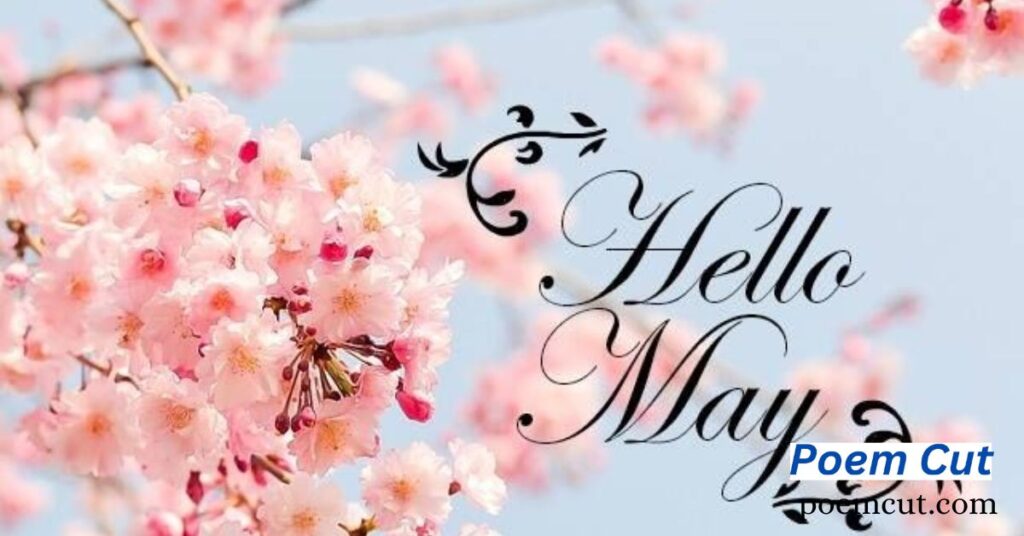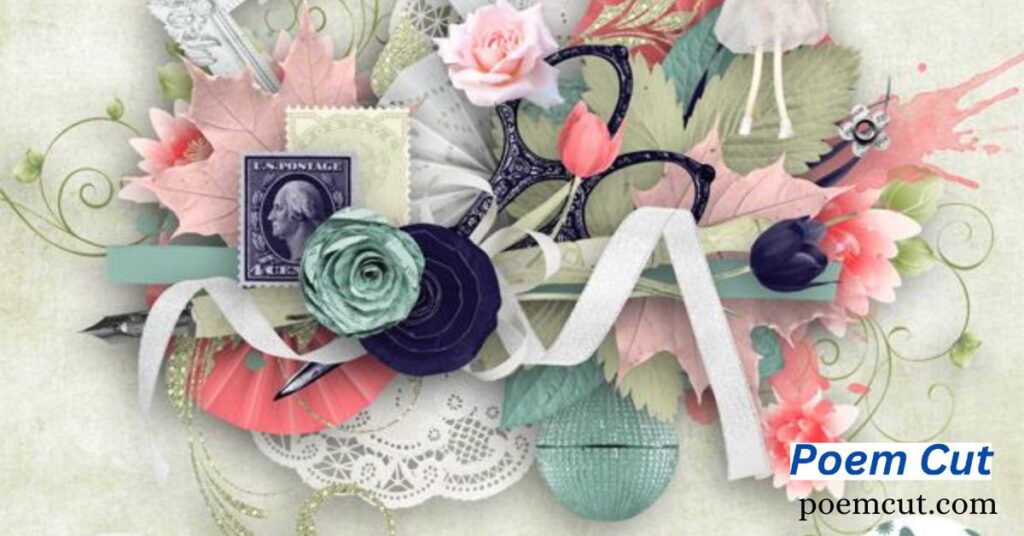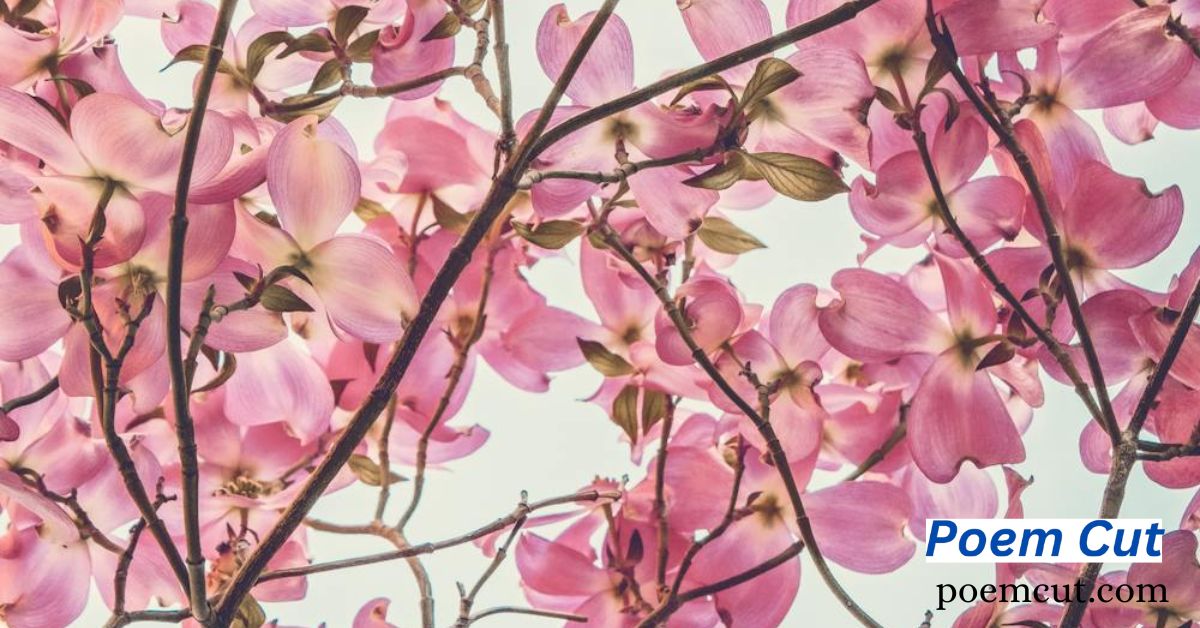Spring is more than just a change in weather it’s a symphony of rebirth, color, and vitality. As winter quietly retreats, spring bursts onto the scene with blooming flowers, warm sunlight, and the buzzing excitement of nature awakening. It’s a time when the world feels fresh again, filled with hope, growth, and new beginnings. Spring Acrostic Poems
One of the most creative ways to capture this enchanting season is through spring acrostic poems. These poems use the letters of the word “SPRING” to begin each line, giving structure to the celebration of nature’s revival. In this guide, we’ll explore how to write them, what makes them meaningful, and share examples to inspire your own spring-themed verses. Spring Acrostic Poems
What Are Spring Acrostic Poems?

Acrostic poems are structured compositions where each line begins with a letter from a specific word often the subject of the poem. In the case of spring acrostic poems, the word S-P-R-I-N-G forms the vertical spine of the poem. Each line starting with these letters reveals something about the season’s essence.
This form invites both structure and creativity. Whether you’re a beginner or a seasoned poet, acrostics offer a playful and thoughtful way to explore the spirit of spring. Spring Acrostic Poems
Why Is Spring a Perfect Theme for Acrostic Poetry?
Spring is a poet’s playground. It’s a season that naturally inspires metaphors, emotions, and vivid imagery. Themes of renewal, rebirth, and new life resonate deeply and universally.
- Nature comes alive: Birds return, flowers bloom, and animals awaken.
- Days grow longer: There’s more light, both literally and emotionally.
- Hope blossoms: People feel energized and optimistic.
These qualities lend themselves beautifully to the acrostic form, allowing poets to combine structure with creative freedom.
How to Write a Spring Acrostic Poem
Writing a spring acrostic poem is simple, yet deeply expressive. Here’s a step-by-step guide:
- Write “SPRING” Vertically on your page.
- Brainstorm Ideas: Think of sights, sounds, smells, and feelings related to spring.
- Craft Each Line: Start each line with the corresponding letter while describing or evoking an element of spring.
- Use Poetic Devices: Include imagery, personification, alliteration, or metaphor.
- Edit and Refine: Ensure each line flows well and contributes to the overall theme.
Poem Example: “SPRING”
Sunlight spills on emerald fields,
Petals unfurl with whispered grace,
Rivers hum in gentle rhythm,
Insects dance through warming space,
Nature wakes from dreams of white,
Green returns with glowing light.
This example captures the visual, auditory, and emotional beauty of spring using simple but evocative language.
Tips for Writing Vivid and Emotional Acrostics
To write a poem that truly sings with springtime energy, try these techniques:
Use Specific Imagery
Go beyond generic words like “flowers” or “warmth.” Mention daffodils, cherry blossoms, or golden sunlight. The more specific, the more immersive.
Evoke the Senses
Think about how spring smells, feels, and sounds. What does the breeze carry? What does the rain feel like?
Reflect Emotions
Spring often brings feelings of renewal, peace, joy, or even nostalgia. Let your lines reflect your internal season.
More Spring Acrostic Poem Examples
Poem “SPRINGTIME”
Soft rains fall on tender ground,
Pollen floats without a sound.
Rebirth pulses through each tree,
In every bloom, a jubilee.
Nurtured roots begin to swell,
Glowing skies their stories tell.
Time renews what once was bare,
In the breeze, there’s life and care.
Meadows hum with buzzing cheer,
Earth awakens spring is here.
Poem “FLOWERS”
Fresh buds bloom in colored rows,
Life returns as warm wind blows.
Over hills the green expands,
With golden rays that kiss the land.
Each petal tells a silent story,
Reminding hearts of nature’s glory.
Springtime sings in full display.
Spring Imagery: Words and Ideas to Spark Your Poem
| Category | Examples |
| Flowers | Daffodils, tulips, hyacinths, cherry blossoms |
| Animals | Butterflies, robins, lambs, bees |
| Weather | April showers, soft rain, sunbeams |
| Colors | Pastel hues, emerald green, golden yellow |
| Sounds | Birds chirping, brooks babbling, winds whispering |
| Feelings | Hope, joy, awakening, nostalgia |
2. Emotion and Tone in Spring Poetry
Spring isn’t just a change in season it’s a rebirth of the soul. When writing spring poetry, it’s essential to capture not only what we see, but what we feel. Think beyond blooming flowers and chirping birds focus on the emotional awakening that spring brings after the quiet stillness of winter. Spring Acrostic Poems
🌼 Why Emotion Matters in Spring Poems
Spring is a time of:
- Renewal: Like the earth itself is breathing again.
- Hope: A promise of brighter days and warmer light.
- Joy: From the smallest sprout to the loudest bird song, everything feels alive.
- Relief: The long, cold hush of winter is over, and life feels possible again.
The tone of your poem should match this emotional bloom. Infuse your lines with warmth, optimism, and a sense of peace. Let the reader not just visualize but feel the arrival of spring.
Poem Example: “BLOSSOM”
Buds appear on trees anew,
Life returns with skies of blue.
Over fields, bright flowers grow,
Soft winds through the gardens blow.
Spring’s sweet song fills the air,
Offering peace beyond compare.
Melodic nature sings in tune
A tranquil heart begins to bloom.
How to Write a Spring Acrostic Poem: A Step-by-Step Guide
Acrostic poems are a fun and expressive way to capture spring’s essence. Whether you’re a beginner or a seasoned poet, this format offers creative flexibility. In an acrostic, the first letter of each line spells out a word often the theme of the poem.
Step 1: Pick a Spring-Inspired Word
Choose a word that captures the spirit of the season. Here are some ideas:
- Simple classics: SPRING, BLOOM, RAIN, MARCH
- Descriptive choices: AWAKENING, VIBRANT, GROWTH, REBIRTH
- Mood-based words: HOPE, JOYFUL, FRESH
Step 2: Brainstorm Emotions, Imagery & Sensory Details
Think about what spring looks, feels, sounds, and even smells like. Jot down ideas for each letter of your chosen word. Use sensory language and vivid imagery. Here are some prompts:
- Visuals: Blossoms, butterflies, blue skies, green grass
- Sounds: Chirping birds, rustling leaves, rainfall
- Smells: Fresh soil, flower petals, spring rain
- Feelings: Renewal, warmth, lightheartedness
Tip: Include figurative language like metaphors, similes, and personification to breathe life into your words.
Step 3: Write Each Line With Purpose
Begin each line with the corresponding letter of your chosen word. Let every line reflect a moment, image, or feeling related to spring. Be intentional each line should add value.
Want to make it shine? Try these techniques:
- Alliteration: “Soft skies sing”
- Personification: “The wind whispered its secrets to the trees”
- Metaphor: “Spring is a second heartbeat of the earth”
- Simile: “Like a painter’s brush, color spreads across the land”
Step 4: Read, Revise, and Refine
Once your first draft is complete:
- Read it aloud. Does it flow? Does the rhythm feel natural?
- Check the emotional tone does it uplift, soothe, or inspire?
- Rearrange or reword lines for greater impact or clarity.
- Look for places to enhance your imagery or sensory details.
Acrostic Poem Example: “GROWTH”
Green shoots rise through the earth,
Rain nourishes their newfound birth.
Overhead, the skies are clear,
Warming winds are drawing near.
Trees awaken, birds take wing,
Hints of summer in the spring.
Bonus Tips to Elevate Your Spring Poetry

- Use nature as a metaphor for emotions (e.g., “Her heart bloomed like the cherry trees”).
- Explore contrasts (cold vs. warm, barren vs. lush).
- Write from different perspectives maybe a flower, a bee, or even the sun!
- Draw from real experiences: Think of a memory tied to spring and infuse that into your lines.
Would you like me to add more poem examples using different words like BLOOM, AWAKENING, or VIBRANT? Or would you like this adapted into blog post format with headers and optimized for SEO?
Conclusion
Spring acrostic poems aren’t just playful arrangements of letters they’re windows into the season’s heart. Each line, built from the word “SPRING,” breathes life into blooming flowers, warming skies, and the hope that follows winter’s hush.
Whether you’re a teacher inspiring young poets, a writer chasing nature’s rhythm, or simply someone who loves the gentle beauty of spring, acrostic poems offer a simple yet powerful way to capture the essence of renewal.
FAQs
What is a spring acrostic poem?
A spring acrostic poem uses each letter of the word “SPRING” to begin a line that relates to the season.
Can children write spring acrostic poems?
Yes, they’re perfect for kids they’re fun, simple, and spark creativity.
What themes suit spring acrostic poems?
Common themes include flowers, sunshine, new beginnings, and nature.
Do acrostic poems have to rhyme?
Nope! Rhyming isn’t required just make sure each line fits the spring theme.
How long should a spring acrostic poem be?
Typically six lines, one for each letter in “SPRING,” but you can add more if inspired!








